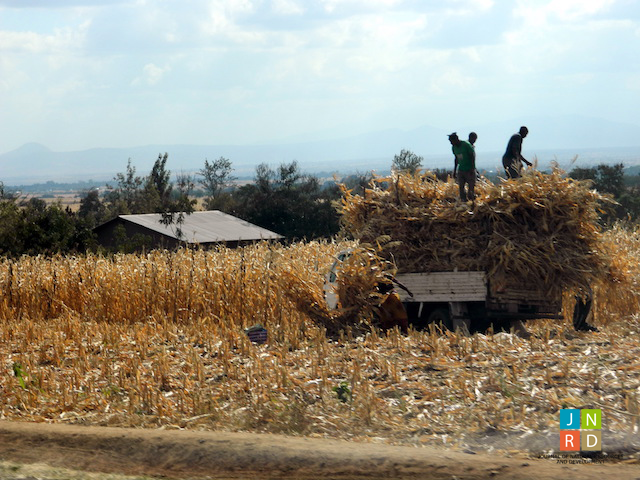Comparing farmer and measured assessments of soil quality in Tanzania: Do they align?
Main Article Content
Abstract
Background: There is a wide gap between actual and potential yields for many crops in Sub-Saharan Africa (SSA). Experts identify poor soil quality as a primary constraint to increased agricultural productivity. Therefore, increasing agricultural productivity by improving soil quality is seen as a viable strategy to enhance food security. Yet adoption rates of programs focused on improving soil quality have generally been lower than expected [1], [2].
Results: We explore a seldom considered factor that may limit farmers’ demand for improved soil quality, namely, whether the farmers’ self-assessment of their soil quality match the assessments of soil scientists. In this paper, using data from the Tanzania National Panel Survey (TZNPS), part of the Living Standards Measurement Study – Integrated Surveys on Agriculture (LSMS-ISA), we compare farmers’ own assessments of soil quality with scientific measurements of soil quality from the Harmonized World Soil Database (HWSD). The study found a considerable “mismatch” and most notably, that 11.5 percent of survey households that reported having “good” soil quality are measured by scientific standards to have severely limited nutrient availability.
Conclusion: Mismatches between scientific measurements and farmer assessments of soil quality may highlight a potential barrier for programs seeking to encourage farmers to adopt soil quality improvement activities.
Article Details
Issue
Section

This work is licensed under a Creative Commons Attribution-NonCommercial-NoDerivatives 4.0 International License.

